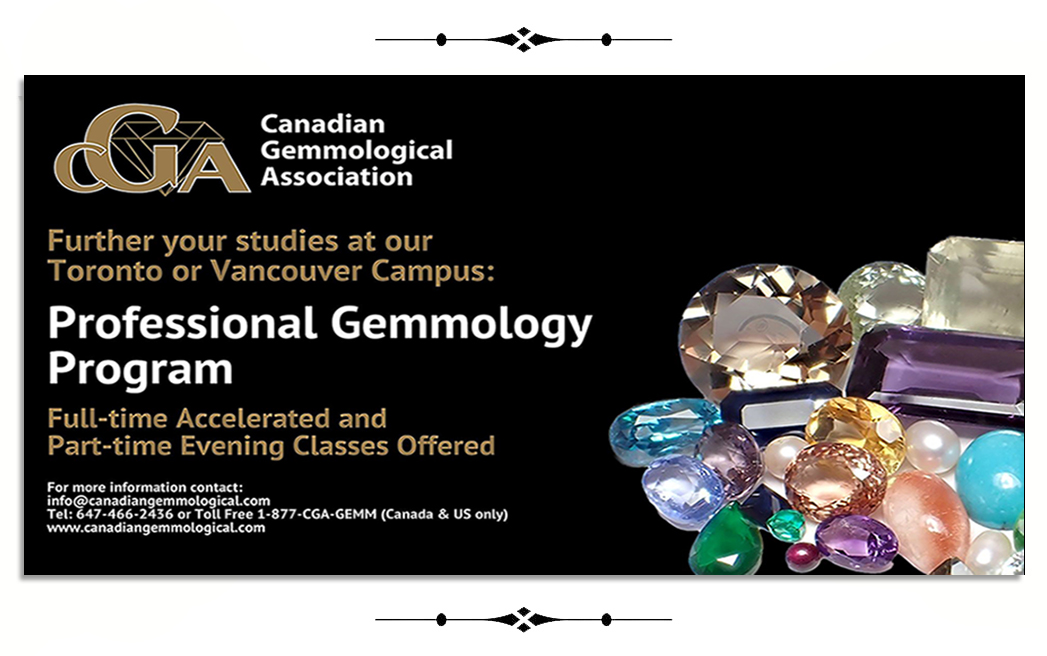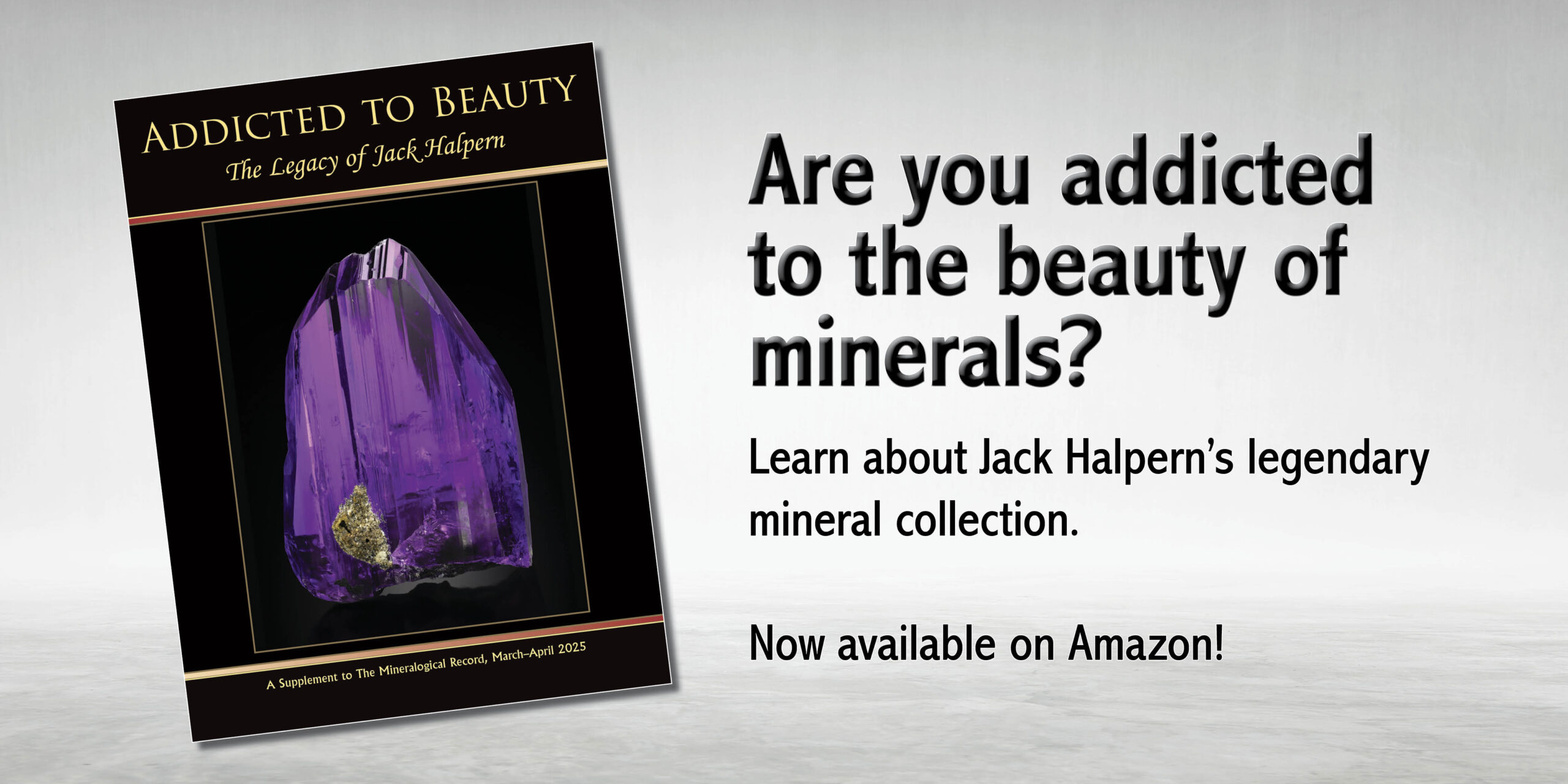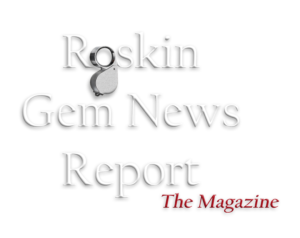Roskin Gem News Report
Gary Roskin
Conch Pearl: Coated, or not?
Identification of pearl coatings can be a bit tricky, especially if the coating has been performed on fine quality pearls. But is it a coating, or just great polish?
This is a story about a conch pearl that was originally thought to have been coated, due to an extremely high luster, and an unusual bubble like surface feature. The pearl was being presented at a recent luxury trade show. “It’s very rare to see conch pearls being coated,” notes Chunhui Zhou, GIA’s senior manager in charge of pearls. “I don’t think we have seen one in the lab before. They are often polished to a degree that it looks shiny on its surface.”
Just to be clear, the images of conch pearls featured here were NOT coated. They are simply fine examples of wonderful conch pearls showing their classic flame structure and exhibiting very high luster.
Coatings
While it has been known for some time that pearls can be coated with a polymer, a colorless resin, this is not something the laboratories see on a daily basis.
Why are pearls coated?
When the luster of a pearl needs help, a coating can be applied to enhance the pearl’s surface. This is especially true for lower quality pearls, which rarely show up in a gemological laboratory for an identification report. the better quality pearls can be polished to enhance their luster.
How is a coating detected?
Typically, the coating is readily apparent under microscopic examination. You see a thin layer over the pearl surface, and through reflections of the surface on the coating as well as on the pearl’s surface layer, you can see the depth of the coating. If the coating is thick enough, there may be trapped gas bubbles or dirt.
“Visual examination under a microscope can usually detect the coatings,” Zhou agrees, “as they are normally uneven and can reveal different characteristics from normal surface features of pearls. Additional advanced testing such as chemical analysis, Raman spectroscopy, UV fluorescence observation, or UV-Vis reflectance spectroscopy can further assist with the identification, depending on the type of coating used.” Follow Roskin Gem News Report for More Updates

Polishing Pearls
What was kept a trade secret for many decades is the fact that pearls are cleaned and polish tumbled in drums of bees wax and/or walnut shells, and then possibly with diamond dust to improve the surface as well as luster. – reference Pearls by Elisabeth Strack
The Laboratory Process – JGGL, Japan, Examines a Conch Pearl
Recent techniques in polishing has not only improved luster but can conceal small defects such as small cavities, making visual identification of coatings more challenging.
“From the microscopic observation, we detected something that looked like a coating,” says Masaki Furuya, JGGL Managing Director (https://www.sapphire.co.jp/jggl/). “It looked like bubbles caught up during the coating process. Possibly a resin.”
“However, upon further examination, using FTIR (InfraRed spectroscopy), it was determined that there was no resin, polymer, wax, or any kind of coating material. The luster, which had the appearance of a coating, was natural, or most likely due to polishing. And the bubble-like protuberance turned out to be a natural structure.” Follow Roskin Gem News Report for More Updates
When in Doubt, Send it Out
If you cannot tell for certain, take it to a professional gem lab.















